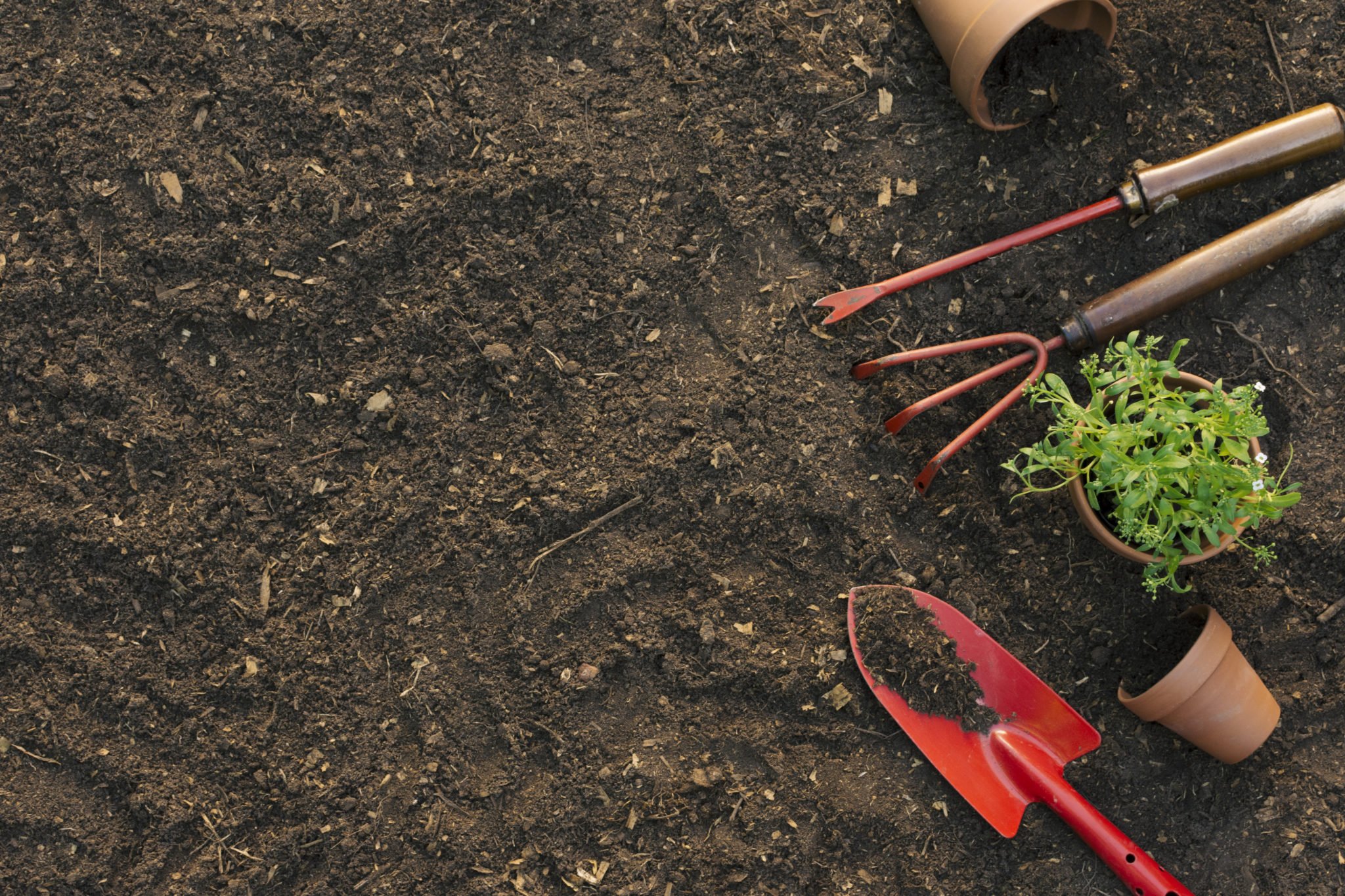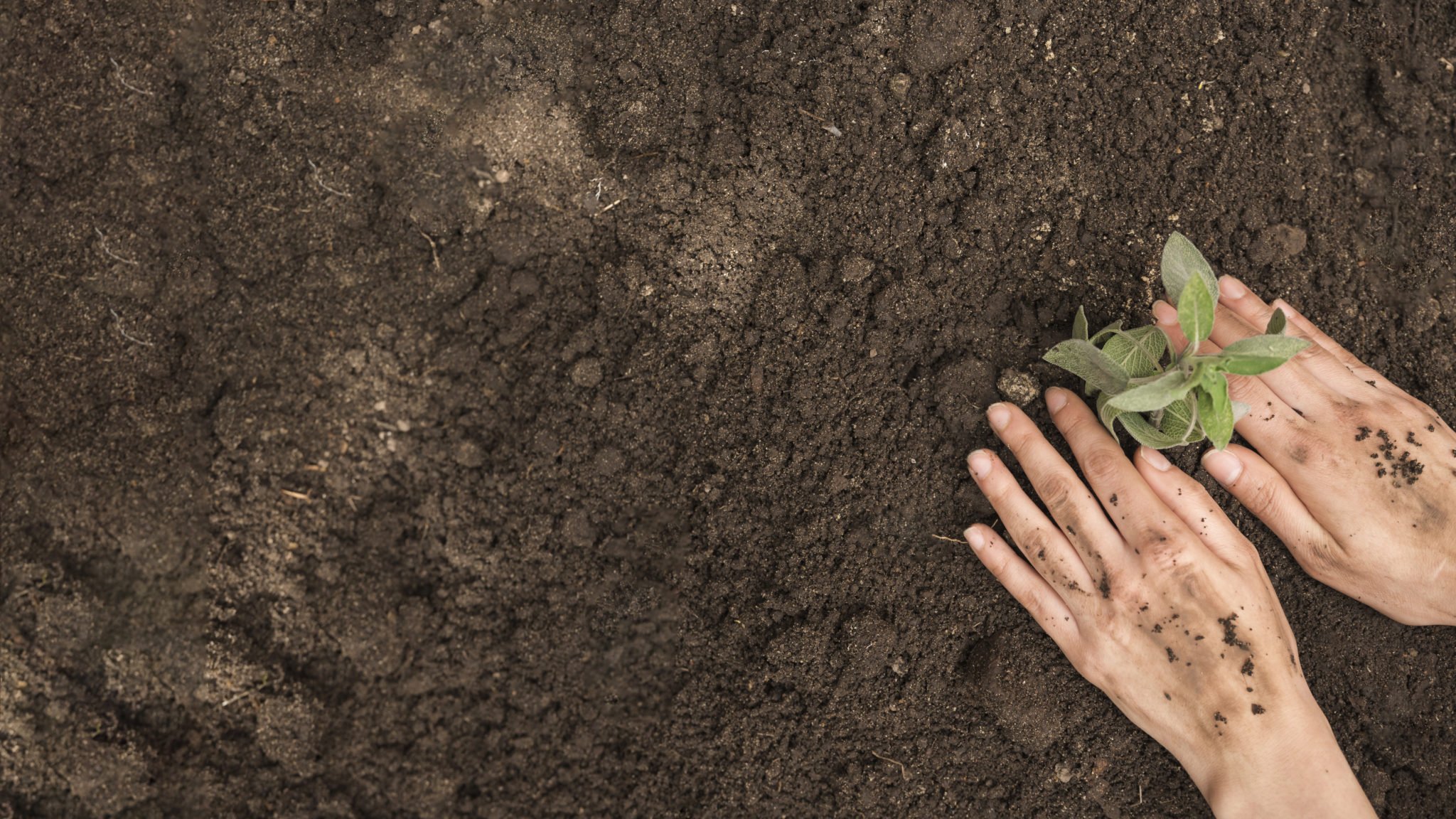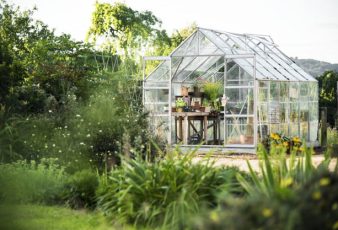Would you like to learn how to start a garden? This article will give you some of the most useful steps that you need to undertake to succeed. You need to get to a point where you garden with a lot of confidence and have fun in doing so.
1. Decide What You Would Like to Grow in Your Garden
Don’t grow a crop that you will not eat. However, you may love to have a few flowers in your garden and there is no problem with this. The guiding principle is to pay close attention to the herbs, vegetables, and fruits that your family enjoys the most. Your top choices should make a lot of sense to your region. You need to grow crops that flourish in your area depending on the prevailing climatic conditions. Previous gardeners are well-placed to advise you on this point. If you have a small piece of land, don’t grow a crop like giant pumpkin that will want to grow on a large area of land. Make sure the crops you choose match your size of land and climatic conditions.
2. Choose the Location for Your Garden
Most vegetables and fruits require full sun with at an exposure of at least five hours to direct sunlight for fruiting. Root veggies, herbs, and greens grow well in partial shade. Southern gardens can benefit from the late afternoon shades while northern ones need all the sun that they can receive. Also, assessors, you will be accessing your farm for watering, picking, and taking care of your crops. Avoid frost pockets and high windy areas. You need the most strategic location in your compound to place your garden.
3. Plan for Your Garden Beds
At this point, you need to decide on the size and type of beds. Raised beds make it easy for you to work on your farm but they are unattractive. These beds also try to dry out very quickly. You can use sunken beds to collect the available moisture in areas that are very dry. You can plant your garden in beds or blocks instead of single rows. Beds need to be three to four feet across. They also need to be narrow enough so that you can reach to the center of both of them. The maximum length of beds should be 10 feet and you shouldn’t step in the bed for compacting the ground.
4. Purchase Basic Gardening Tools
You need to invest in the right gardening tools depending on the type of crops. You should not use the wrong tools to take care of your garden. Some of them include leaf rake, dirt rake, scuffle hoe, garden hoe, D handle shovel or garden shovel, and hand tools. Go for quality and avoid buying cheap plastic tools. The right tools will save your back, effort, and time. Make sure your gardening tools are always sharp and clean.
5. Test Your Soil
You need to understand your soil before you begin to plant or even prepare garden beds. You should know whether the soil is neutral, alkaline, or acidic PH. Is the soil silt, clay, sand, or a mixture of the three? Does the garden have a lot of rocks? Are the nearby roadways or structures likely to contaminate your soil? Does the soil have the required amounts of plant nutrients? You can determine some of these attributes by looking at the soil while the other ones need a professional lab test. The findings will help you to know the right crops to plant in your garden and whether you need some treatments of the soil prior to planting.
6. Build Your Soil
If you are beginning with sod, you will have to cut the soul up in small chunks and then repurpose it. Prepare the soil well before you can plant any crops in the garden. Most crops like well-drained, deep, and fertile soil that is rich in organic matter. Once you begin gardening, you will start to appreciate the need for healthy soil because it improves year after year. You can add different forms of organic matter each year. There are various sources like compost, earthworm castings, wood chips and straw, fall leaves, and manure.
7. Choose the Correct Transplants or Seeds
This step is critical when you want to learn how to garden. Make sure you are getting the seed and seedlings from reputable suppliers. There are different species of each plant and you need to get one that flourishes on your soil type and climate. It is good to seek professional advice at this point. You don’t want to make the wrong decision that will take your precious investment to waste.
8. Plant with A Lot of Care
Most of the transplant containers and seed packets come with specific planting instructions. After you are done with the groundwork, follow the recommended spacing and depth as you plant the crops. You should also plant your crops at the right timing depending on the recommendations from the supplier. For instance, you have to wait until the danger of frost is over before you plant okra, cucumber, peppers, and tomatoes.
9. Nurture Your Garden
Have you heard of the saying that states that the gardener’s shadow is the best fertilizer? The implication is that you have to be as close as possible to your garden. Crops need different treatments and various stages of growth and you should not miss out on any of them. You should also identify any signs of diseases or nutritional deficiencies and correct them in good time. Watering your garden, us another critical element that you should not miss out on. Be close to your crops and monitor each stage in their growth.
10. Enjoy Your Harvest
The last stage on how to start a garden is promptly harvesting mature crops if you want the best quality. For peas and beans, you need to pick them after two to three days. The type of harvesting depends on the crops that you are growing. It does not matter whether you are dealing with pepper, tomatoes, onions, corn, or veggies among other crops. The most important thing is to make sure that you are harvesting them on time.
Read More:































